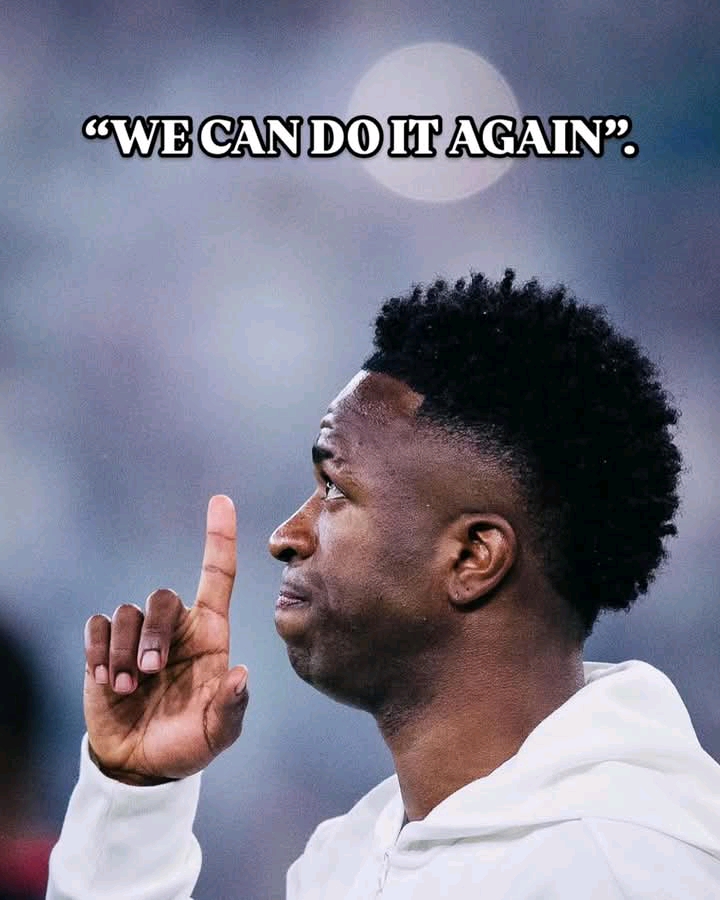To overturn a three-goal deficit against a high-flying Arsenal side, Real Madrid must go beyond passion and history. They need a clear, ruthless game plan, and every bit of tactical awareness Carlo Ancelotti can muster. Here’s how they can flip the script at the Bernabeu.
First, Madrid must recognize Arsenal’s greatest strength in the first leg: their energy. Covering nearly 113.9km, Arsenal didn’t just win with the ball—they dominated without it. Madrid, by contrast, covered just 101.2km. That gap tells the story. Madrid can’t afford to sit back or drift between gears. They must press with intent, not just posture. That means using Valverde and Camavinga as ball hunters not just midfield passengers especially in the opening stages to unsettle Arsenal’s rhythm and force early turnovers.
At the Emirate Arsenal’s shape caused problems because it was fluid and intelligent. Arteta pulled a clever move: in possession, he morphed his 4-3-3 into a back three, pushing Lewis-Skelly into midfield to support Partey and give Rice and Ødegaard the license to roam high. That caught Madrid off guard. So, Ancelotti must mirror the overload. Rather than letting Alaba get dragged wide by Saka or relying on Modric to plug every channel, Madrid should go with a 4-3-1-2, with Bellingham behind Vinicius and Mbappe, and Valverde joining Camavinga and Tchouameni in midfield. That will tighten the center and lets the fullbacks stay wider to cut off Saka and Martinelli early.
Recall in the first leg, in wide areas, Madrid got exposed repeatedly. Saka and Martinelli torched the flanks, while Ødegaard and Rice played between the lines with surgical precision. Doubling up on the wingers helped in the second half, but it left space for Arsenal’s midfielders to dance into dangerous pockets. This time, Madrid must pick their poison differently: block the central lanes first. Let the wingers have the wide space, but trap them early with support from a compact midfield triangle. And crucially, make tactical fouls when needed. Don’t let Rice run through the middle unchecked.
One of Arsenal’s most dangerous patterns came from Lewis-Skelly pushing up, Rice drifting into the left half-space, and Merino dropping into the pocket to connect. That triangle was a problem. Madrid can disrupt this by man-marking Merino with Tchouameni and forcing Rice to stay deeper by pinning him back with overlapping runs from Carvajal. Even better, hit that space with quick counters. The moment Lewis-Skelly or Partey push too high, Vinicius should be ready to explode into the channel. That’s Madrid’s ace.
Speaking of transition, Madrid didn’t exploit the counter well in the first leg. They had the right ideas which was to find Mbappe or Vinicius quickly but the execution was slow or predictable. They need to do better. This time, when Bellingham wins the ball, it must go vertical immediately. None of the sideways possession that gives Arsenal time to reset. Hit it long. Make Arsenal’s backline turn. Create chaos.
Finally, set pieces: Madrid conceded twice to Rice from dead-ball situations. That cannot happen again. Defensively, be aggressive in the wall, be smart with second balls, and assign markers based on threat, not size. Offensively, Madrid must use their own corners and free kicks better. This is where Rudiger and Nacho can become weapons. Arsenal’s backline is good, but not unbeatable in the air.
The history books say Real Madrid hasn’t overturned a three-goal first-leg deficit in the Champions League since 1975. But if there’s any club that can bend fate, it’s Madrid. With discipline, intelligent pressing, and clinical counters, they can silence the doubters. Tomorrow at the Bernabeu, it’s not just about survival, it’s about reminding Europe that Real Madrid never dies quietly.
Should we send you latest update about your favourite sports and team?
Enter you email in the box below and hit the subscribe button to join our teaming 876+ sports community.
